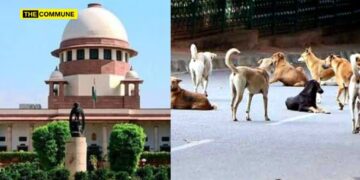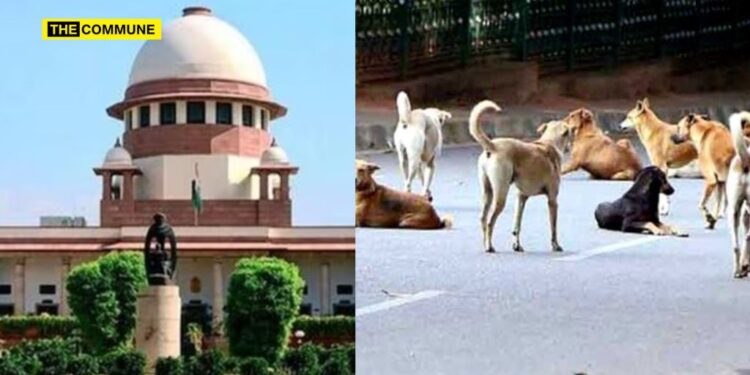Rajasthan High Court, acting suo motu, directs municipal bodies and highway authorities to remove stray dogs and other animals from city roads and highways—mirroring a similar Supreme Court directive for Delhi—while ensuring minimal harm and improving public safety.

Rajasthan High Court Orders Removal of Stray Dogs from Roads After Supreme Court Directive for Delhi
Introduction (≈100 words)
The Rajasthan High Court, in a suo motu initiative on August 11, 2025, issued a directive mandating municipal bodies, highway authorities, and other agencies to conduct a special drive to remove stray dogs—and other roaming animals—from roads across the state. This closely mirrors a Supreme Court order for the Delhi-NCR region issued just a day earlier. These measures aim to address rising incidents of dog bites and animal-related accidents, while urging authorities to prioritize both public safety and animal welfare.
What Prompted the High Court’s Order
The directive followed mounting concerns over public safety risks from stray animals—particularly dogs—on both city streets and highways. The court cited rising dog-bite cases and traffic disruptions caused by stray animals. Notably, earlier in July, the Rajasthan HC had also taken sua motu cognizance of the issue and directed state agencies to submit detailed, time-bound action plans
Key Directives Issued by the Court
- Scope of Action
Municipal bodies and the National/State Highway Authorities have been tasked to launch special removal drives targeting stray dogs and other animals, from both urban roads and busy highway stretches. - Ensuring Humane Treatment
The court emphasized that the removal must be conducted with minimal physical harm to the animals. - Enforcement and FIRs
Anyone obstructing the drive may face legal action, with FIRs to be lodged under relevant municipal laws. - High-Footfall Areas Prioritized
Immediate action was instructed around key areas like AIIMS Jodhpur and district court premises, known for heavy foot traffic. - Patrolling and Public Support Measures
Highway authorities must patrol regularly to ensure free and safe traffic movement. Municipal bodies are also required to issue helpline numbers and email addresses for citizen reporting. - Designated Feeding Only
Citizens wishing to feed stray animals should do so only at designated shelters or gaushalas—not on public roads. - Shelter Condition Reporting
The Additional Advocate General must submit a status report on the condition and maintenance of animal shelters and shelters by September 8—the next hearing date.
How This Aligns with the Supreme Court Directive
On August 11, 2025, the Supreme Court ordered the removal of all stray dogs in Delhi-NCR from residential streets, requiring them to be housed in shelters with facilities for sterilisation and CCTV monitoring. Authorities were instructed to create helplines and ensure the dogs are not returned to public areas. Anyone obstructing the process faced strict penalties.The Rajasthan HC’s order mirrors this approach, emphasizing public safety while calling for humane implementation.
H2: Challenges and the Way Forward
Implementing these directives presents challenges, including limited shelter capacity, manpower shortages, and potential public resistance—particularly from animal welfare advocates. Yet, with clear timelines, reporting protocols, and a focus on designated feeding, the court seeks a balanced path forward.
Rajasthan High Court’s suo motu order—aligned with the Supreme Court’s directive in Delhi—marks a significant escalation in response to the stray dog menace posing safety risks. With firm timelines, reporting mandates, and an emphasis on humane removal and citizen communication, the court’s comprehensive approach indicates its intent to ensure safety without compromising animal welfare. Authorities now face the critical task of translating these legal mandates into effective, compassionate action.
READ ALSO…..Mumbai: CPI(M) Wins Legal Fight to Hold Gaza Protest at Azad Maidan 2025















 Categories
Categories










